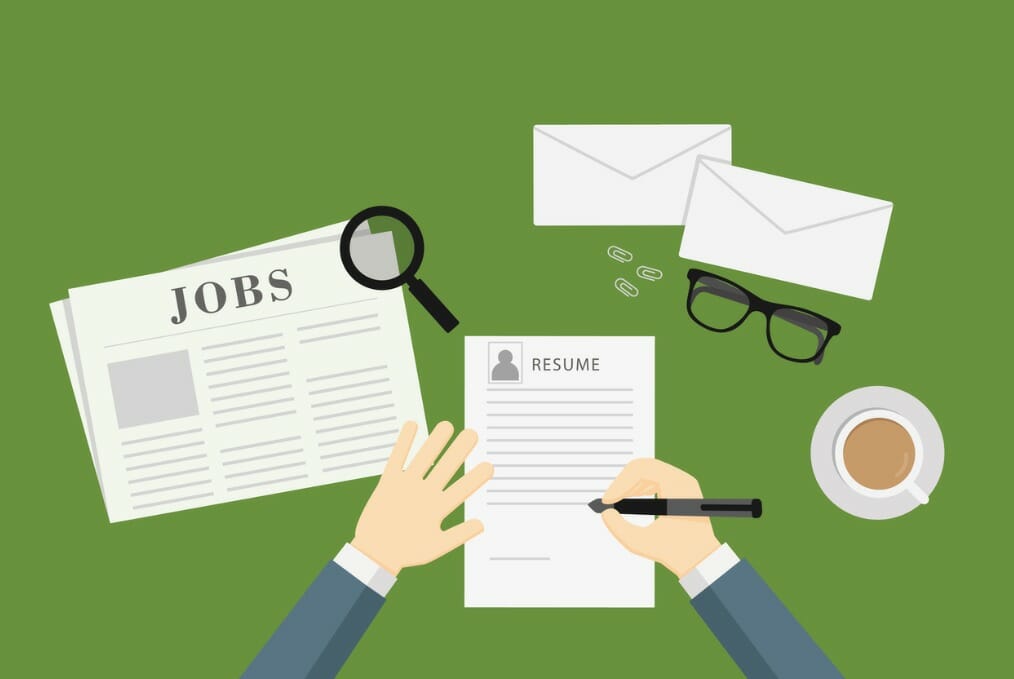5 tips for resume writing success

Every country has different resume standards. Australian resume formats usually need to include a summary of your work history, education, credentials, and other accomplishments and skills. A resume should get to the point quickly and be as concise as possible; most recruiters will only spend a minute or two glancing at it. Typically, a resume is one to two pages long, and it needs to provide a snapshot of your ability to fill the advertised position you are applying for.
This might sound like a lot to keep in mind, but it’s easy to write a resume once you know how. Discover our top tips for resumes in Australia below.
Get the lingo right
One of the best tips for resume writing is to match the words used in your resume to those used in the job ad. Many companies will use computer software to scan your resume for relevant information, so write your resume to include the most important keywords and phrases. But don’t go overboard; a human will eventually read your resume, so it will still need to sound natural.
Language also plays an important role, so ensure you write your resume to highlight your contributions. For example, say ‘I did’ rather than ‘I was a part of’.
Quantify your achievements
Australian resume formats generally focus on achievements in current or past roles rather than duties. Make sure you write your resume in a way that emphasises the outcomes you reached, such as cost savings or improved processes. Also, show any awards you’ve received or relevant recognition.
People also love numbers! If you can include facts or figures, like the number of sales you made or a percentage efficiency increase, this will be noticed.
Be relatable to the job ad
Structure your resume
Australian resume formats tend to include certain information in a certain order. Your resume structure should include the following in order and be made obvious using subheadings:
- Name and contact information – including your phone number and email address, and even LinkedIn profile link
- Summary statement – who you are and what you do
- Professional experience – in reverse chronological order, that is from most recent experience
- Education
- Additional skills and strengths
- Awards and recognition, and
- References (optional)
When selecting an Australian resume format, choose a clean, easy-to-read font such as Arial, Verdana, Helvetica, or Calibri. Keep your font size from 10 to 12 points so that it can be easy to read on a computer or hardcopy. Align your content to the left so it’s easy to skim the page.
Another great tip is to write your resume in a way that’s short and to the point so it’s easy to follow when an employer takes a glance at it. Don’t be too worried about getting all the details on the page – if they want to know more, the employer can ask you to expand at the interview.
Don’t include:
- personal information such as religion, age, or marital status
- photos or graphics
- roles more than 10 years ago
- salary expectations
Double-check what you're sending
Once you’re happy with your Australian resume format and content, make sure there are no spelling or grammatical errors before you send it off. Use your spellchecker and have someone else (human) proofread your resume.
Another tip for resume success is to regularly revise, review and update your resume, especially if you’re lucky enough to get feedback on it from potential employers. Even if you don’t manage to follow all the tips above, the main thing is to clearly show your prospective employer that you have the skills they’re looking for and will be a great addition to their team.
Once you’re happy with your resume, read through our interview tips to prepare for the next step in landing your dream job.
Overseas Visitor Health Cover
Thinking of working in Australia after your study? You may need overseas visitor health insurance.
Our Overseas Visitor Health Cover (OVHC) includes a range of medical services and expenses to help you stay healthy during your stay. Our OVHC meets the Australian Government's requirements for adequate health insurance for the Temporary Skill Shortage visa (subclass 482) and Temporary Graduate visa (subclass 485).
